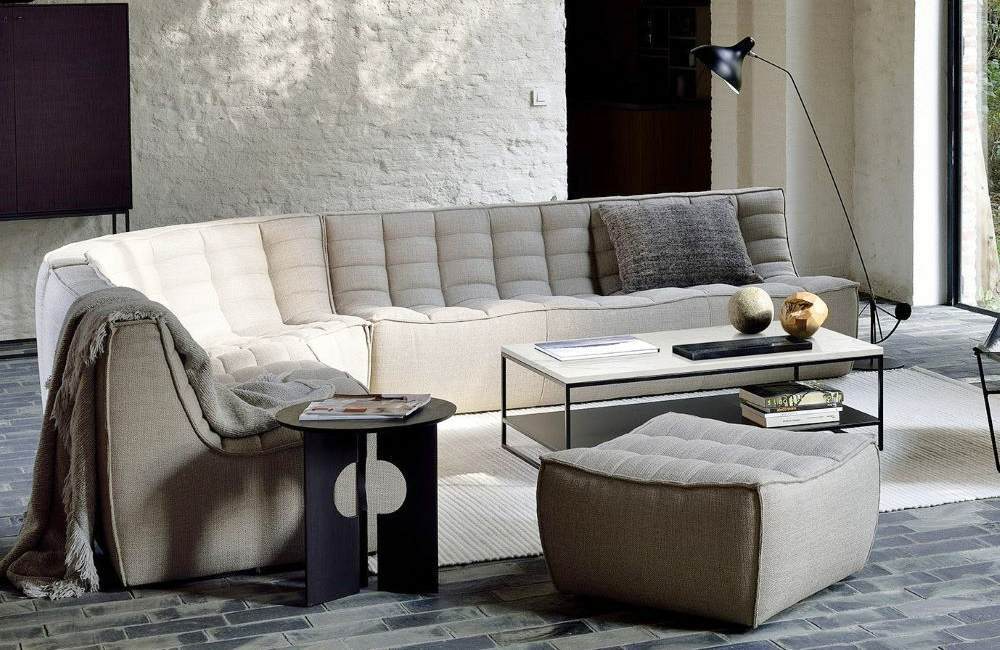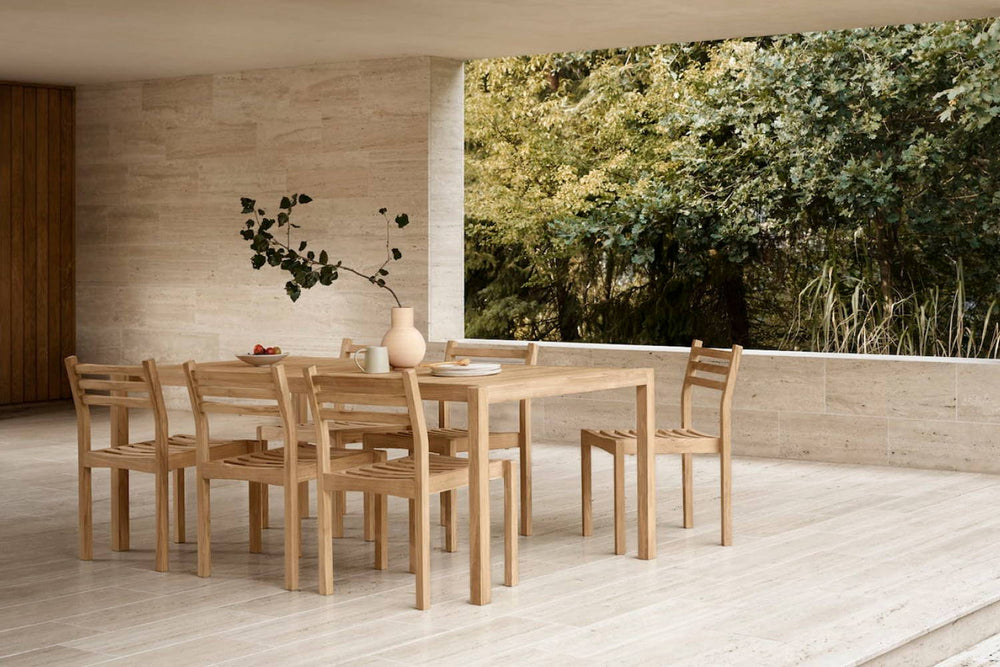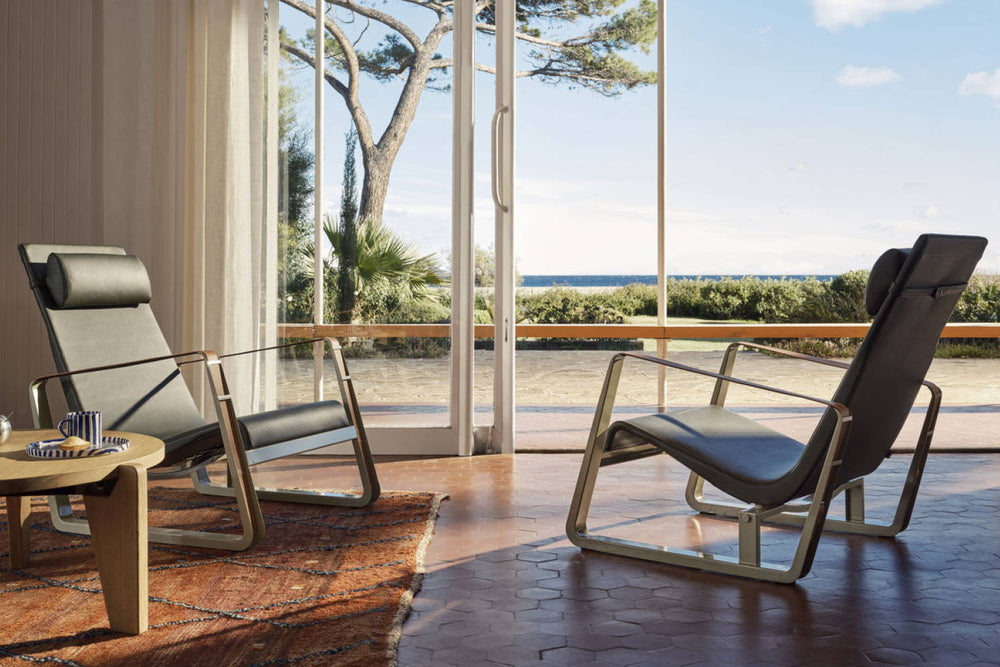In the ever-evolving world of interior design, two distinct styles have captured the hearts of design enthusiasts worldwide: Japandi and Mid Century Modern. While individually celebrated for their unique characteristics and philosophies, the fusion of these two styles creates a captivating harmony that transcends cultural boundaries and speaks to a contemporary aesthetic sensibility. Japandi, a marriage of Japanese minimalism and Scandinavian simplicity, embodies tranquility, warmth, and functionality. Rooted in the principles of wabi-sabi, Japandi celebrates imperfection and embraces the beauty of natural materials. Mid Century Modern, on the other hand, emerged in the mid-20th century, characterized by clean lines, organic shapes, and a seamless integration of form and function. It encapsulates the optimism and innovation of the post-war era, with a focus on sleek designs and timeless appeal. Discover how the fusion of Japandi and Mid Century Modern design offers a fresh perspective on contemporary living, inviting us to create spaces that are not only aesthetically pleasing but also deeply meaningful and harmonious.
Understanding Japandi and Mid-Century Modern Design
Japandi Style: Japandi interior design is a fusion of Japanese minimalism and Scandinavian simplicity. It combines the timeless elegance and functionality of Scandinavian design with the serene and mindful aesthetic of Japanese design principles. Japandi interior design offers a harmonious blend of Eastern and Western aesthetics, creating spaces that are both inviting and timeless. It emphasizes simplicity, mindfulness, and a deep appreciation for the beauty of nature, inviting occupants to slow down, relax, and find joy in the present moment.
Mid-Century Modern: Mid-Century Modern design is a style that emerged in the mid-20th century, roughly spanning from the 1930s to the 1960s. It is characterized by clean lines, organic forms, and a seamless integration of function with aesthetics. Mid-Century Modern design is characterized by its timeless elegance, functionalist approach, and celebration of modern materials and technologies. It continues to influence contemporary design trends and remains a beloved style for its combination of form, function, and style.
The Fusion of Japandi and Mid-Century Modern Design
The fusion of Japandi and Mid-Century Modern design represents a harmonious convergence of two distinct yet complementary styles. Combining the minimalist elegance of Japanese design with the functional sophistication of Mid-Century Modernism, this hybrid aesthetic offers a fresh perspective on contemporary living spaces.
- In this fusion, the clean lines and organic forms of Mid-Century Modern design seamlessly integrate with the serene simplicity of Japandi. The result is spaces that feel both inviting and refined, where every element serves a purpose while exuding a sense of calm and tranquility
- Natural materials play a central role in this fusion, with the warm wood tones and tactile textures of Scandinavian design blending effortlessly with the Japanese reverence for craftsmanship and authenticity. Handcrafted furniture pieces, reminiscent of both Mid-Century Modern and Japanese design sensibilities, add depth and character to the space, while maintaining a timeless elegance
- The color palette of Japandi-Mid-Century Modern fusion is often subdued and neutral, drawing inspiration from both traditions. Muted tones such as soft grays, warm beiges, and earthy browns create a sense of harmony and balance, allowing the natural beauty of materials to shine through
- Functionality remains paramount in this fusion, with furniture and decor serving dual purposes without sacrificing style. From multipurpose storage solutions to ergonomic seating, every element is thoughtfully curated to enhance both the form and function of the space
- At its core, the fusion of Japandi and Mid-Century Modern design embodies a philosophy of mindful living, where simplicity, authenticity, and craftsmanship combine to create spaces that bring peace and rejuvenation. Whether in a cozy urban apartment or a sprawling suburban home, this hybrid aesthetic offers a timeless elegance and a sense of serenity that speaks to a deeper appreciation for the beauty of everyday living
Design Principles and Aesthetic Values
Both Japandi and Mid-Century Modern design have distinct design principles and aesthetic values that contribute to their unique appeal. Here's an overview of the key principles and values of each:
Japandi Design:
- Simplicity: Japandi design emphasizes simplicity and minimalism. Spaces are uncluttered, with clean lines and a focus on essential elements
- Natural Materials: A reverence for nature is central to Japandi design. Natural materials such as wood, bamboo, stone, and paper are used extensively to bring warmth and texture to the space
- Wabi-Sabi Aesthetic: Inspired by the Japanese philosophy of wabi-sabi, Japandi design celebrates imperfection and the beauty of aging and patina. Handcrafted items, organic shapes, and raw finishes are valued for their authenticity and uniqueness
- Functionality: Japandi design prioritizes functionality and practicality. Furniture and decor are carefully selected for their utility as well as their aesthetic appeal, with an emphasis on multi-functional pieces and efficient use of space
- Harmony: Japandi design seeks to create harmony and balance in the space. A muted color palette, natural light, and thoughtful arrangement of elements contribute to a sense of tranquility and well-being
Mid-Century Modern Design:
- Clean Lines: Mid-Century Modern design is characterized by clean, geometric lines. Furniture and architectural elements feature sleek, uncluttered forms that convey a sense of elegance and sophistication
- Organic Forms: Known for its geometric shapes, Mid-Century Modern also incorporates organic forms inspired by nature. Curved edges, sculptural details, and asymmetrical compositions add visual interest and warmth to the space
- Minimal Ornamentation: Mid-Century Modern design embraces minimalism, with a focus on functional simplicity. Ornamentation is kept to a minimum, allowing the inherent beauty of materials and craftsmanship to shine through
- Use of Modern Materials: Mid-Century Modern designers experimented with new materials and manufacturing techniques, resulting in innovative uses of materials such as molded plywood, fiberglass, and plastic
- Bold Colors: While Mid-Century Modern interiors often feature a neutral color palette, bold accent colors are also common. Vibrant hues such as orange, teal, and mustard yellow add pops of color and personality to the space
Overall, while Japandi and Mid-Century Modern design have their distinct characteristics, they share a common emphasis on simplicity, functionality, and a deep appreciation for craftsmanship and natural materials. The fusion of these two styles creates a harmonious blend that offers a contemporary interpretation of timeless design principles.
Practical Design Tips
SELECT A NEUTRAL BASE: Establish a neutral color palette for your space. Opt for soft shades of white, beige, gray, or taupe for walls, floors, and large furniture pieces. This provides a clean and versatile backdrop that allows you to layer on elements of both Japandi and Mid-Century Modern.
INTEGRATE NATURE: Incorporate natural materials such as wood, bamboo, leather, and stone into your decor. Choose furniture pieces with warm wood tones and organice textures such as mid-century teak wood tables or a Japandi-inspired sideboard. These materials add warmth, texture, and a sense of connection to nature to your space.
EMBRACE MINIMALSM: Simplify your decor and furnishings to embrace minimalist ethos of both Japandi and Mid-Century modern design. Select furniture with clean lines and uncluttered silhouettes, avoiding excess ornamentation. Always remember, quality over quantity.
FOCUS ON FUNCTIONALITY: Prioritize functional and multi-purpose furniture that serves both form and function. Look for pieces with built-in storage solutions that maximize space efficiency while maintaining a streamlined aesthetic.
The fusion of Japandi and Mid-Century Modern design represents a harmonious convergence of two distinct yet complementary styles. Through this exploration, we've witnessed the seamless blending of Japanese minimalism with the timeless elegance of Mid-Century Modernism, resulting in spaces that are both serene and stylish. The principles of simplicity, functionality, and a reverence for natural materials resonate deeply in both Japandi and Mid-Century Modern design, offering us a blueprint for creating spaces that are not only visually pleasing but also conducive to a sense of peace and well-being. In a world that often feels chaotic and overwhelming, the fusion of Japandi and Mid-Century Modern design offers a sanctuary—a place where we can retreat, recharge, and reconnect with ourselves and our surroundings. It invites us to embrace the beauty of imperfection, celebrate the richness of tradition, and find balance in an increasingly fast-paced lifestyle.





